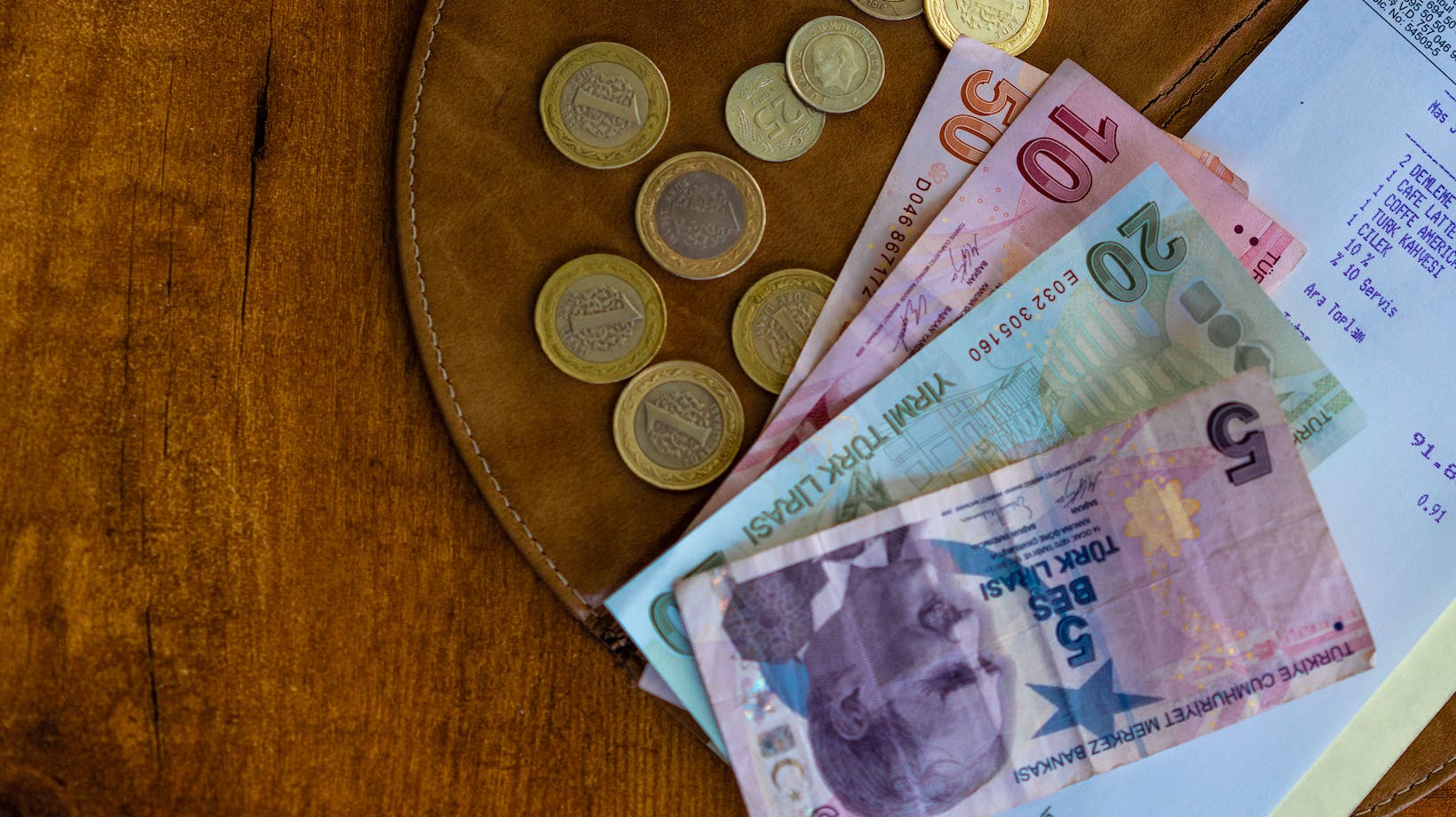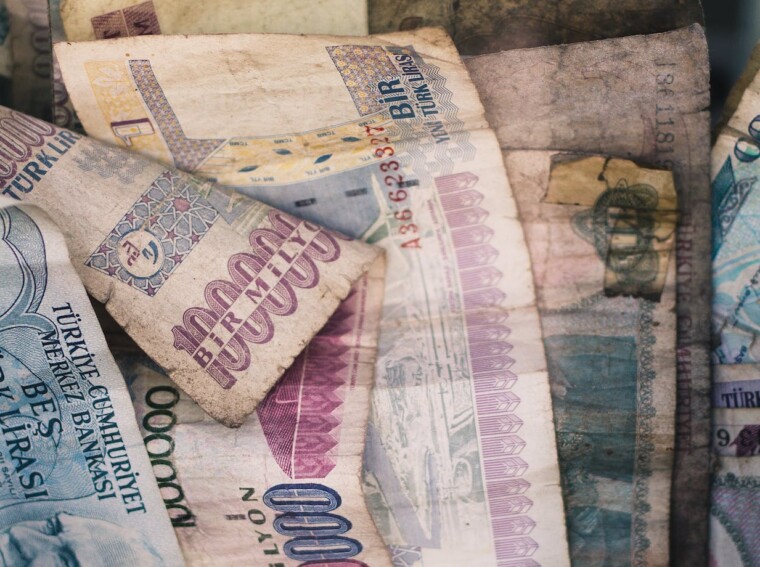1TL kac Manat
In simplest terms, “1tl kac manat?” is quite literally translated to “How much is 1 Turkish Lira (TL) in Azerbaijani Manat (AZN)?” Now, this conversion may seem somewhat trivial to an outsider – but for those who travel or invest across borders, it’s more than just a conversion. It’s about opportunity, decision-making, and economic foresight.
For instance, imagine you’re traveling from Turkey to Azerbaijan. You’d need to convert your Turkish Lira to Azerbaijani Manat for daily transactions. If you had 1000tl and the exchange rate were 0.043 AZN:1 TL, you’d convert to approximately 43 AZN. That’s literally how much your 1000tl would be worth.
This reciprocity extends beyond travel too. For instance, if you’re investing from Turkey in the markets of Azerbaijan, you’d likewise need to convert your investments or returns from TL to AZN and vice versa.
This rate isn’t fixed; it varies depending on international financial markets. So, knowing today’s exchange rate isn’t enough; you have to stay updated about it regularly.
So, in a nutshell, understanding “1tl kac manat?” means comprehending the exchange rates’ broader implications – right from day-to-day transactions to high-stakes financial decisions. It’s pertinent information that defines the financial landscape of these two nations in context. With this understanding, we can now shift our focus to discuss these implications in more detail.
Understanding the Exchange Rate of 1 TL to Manat
To truly grasp the ‘1tl – kac manat’ concept, it’s not enough to just know the current conversion rate. It’s important to understand the factors that affect this exchange rate and to evaluate the historical figures. This deeper knowledge will offer you an edge when making financial or travel plans that involve both currencies.
Factors Affecting the Exchange Rate
Exchange rates, including that of the Turkish lira to Azerbaijani manat, are influenced by a range of elements. These vary from macroeconomic factors to geopolitical circumstances. The three big ones are:
- Inflation Rates: When inflation in a country is lower than in another, its currency’s value usually strengthens.
- Interest Rates: If a country’s central bank offers higher interest rates, it can attract foreign capital. This inflow of capital can increase demand for the country’s currency and boost its value.
- Political Stability: Countries with unstable political environments often see their currency values decline due to decreased investor confidence.
Importantly, these factors are interconnected – for example, inflation rates can impact interest rates and so on. It’s worth noting that the fluctuating ‘1tl – kac manat’ exchange rate means it’s crucial to stay on top of these influencing factors.

Tips for Currency Exchange: Getting the Best Value
When considering an exchange from Turkish lira to Azerbaijani manat, it’s important to get the most value for your money. Let’s delve into a few key tips that can assist you in this process.
Compare Exchange Rates
First off, I’d suggest that you always compare exchange rates from multiple sources. It’s not unheard of for rates to vary greatly from one exchange outlet to the next. You’ll often find differences between banks, currency exchange services, and online converters. Remember, even slight differences in rates can lead to considerable gains (or losses) in large transactions!
Make use of online comparison tools to quickly and easily check rates from various providers. These tools will present you with a comprehensive selection of exchange rates so you’re able to make an informed decision. You’ll find that some financial institutions and online platforms provide these comparison services free of charge.
Avoiding Additional Fees and Charges
Banks and currency exchange services often apply additional fees above the stated exchange rate. These could be service fees, transaction charges, or commissions. Unfortunately, these charges aren’t always transparent and can catch you off-guard. I’d advise you to always scrutinize the fine print to ensure that you understand the full cost of any transaction.
Some services may boast attractive rates on the surface, but once you factor in their additional charges, you could find yourself getting significantly less value than expected. Instead, consider platforms that use mid-market rates — the midpoint between the buy and sell rates in global markets — and those that offer low, transparent fees. This way, you could still get a more favourable deal despite any additional charges.
Elucidating these various facets of the exchange process, from comparing rates to understanding additional fees, can guide you in this complex, yet necessary task. It certainly extends our understanding of “1tl kac manat?” beyond a mere figure. It’s an entire financial ecosystem impacted by global trends and local factors, and knowing these details ensures our approach to it remains proactive and informed.

